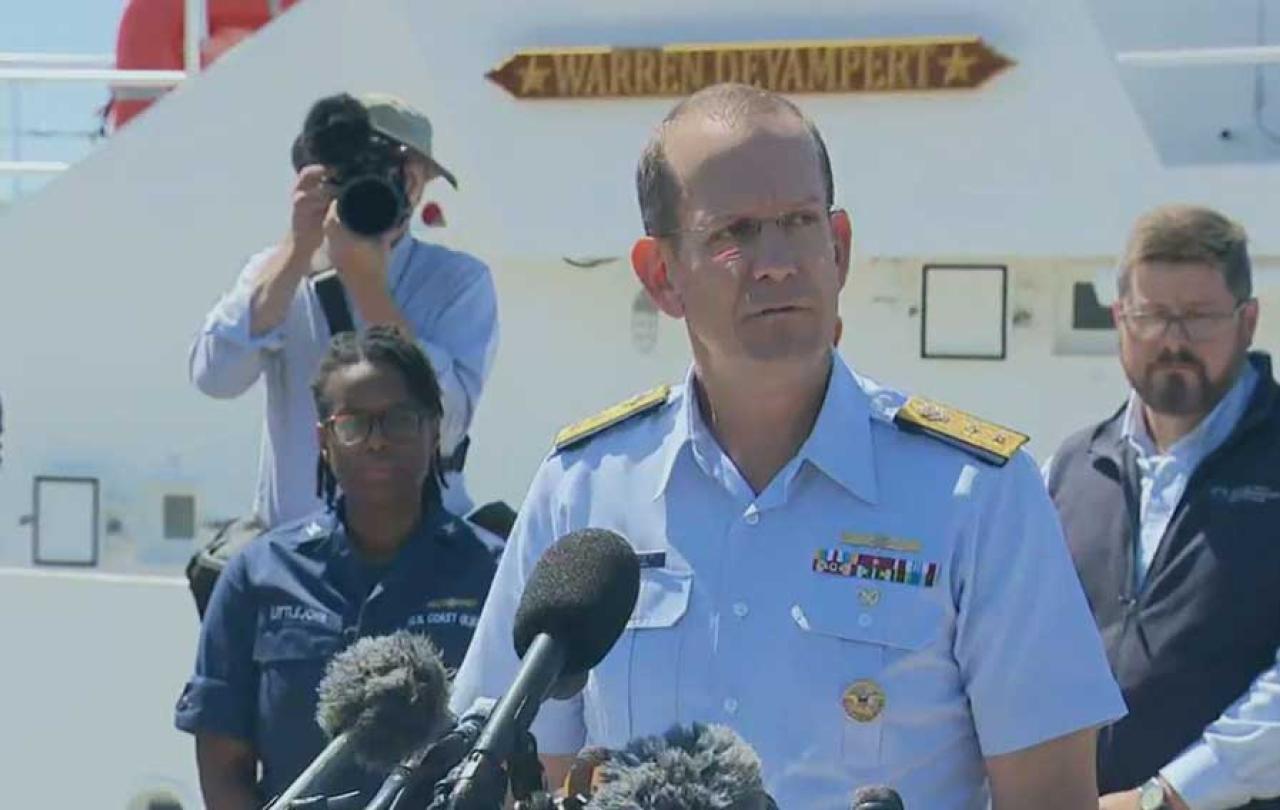
“Our thoughts and prayers are with all those affected...”
We hear that repeated often enough, don’t we? Some public figure is quoted as saying this phrase in the body text (usually about paragraph five) beneath nearly every gut-wrenching news headline. “Thoughts and prayers” are the panacea, the platitude, the words to say when there is nothing that can be said.
It's easy to deride and dismiss these words, and many do. There is an understandable frustration when public figures serve suffering people with vapidity instead of vim. But perhaps I can make a case for “thoughts and prayers” being more than just a political cop-out? To be sure, these words are not everything, but they are something.
I love words, that’s why I try to write for living. (Try to, anyway.) I love languages too; I’m one of those annoying people who finds learning new languages pretty easy. Lots of people think they are rubbish at this, but they have missed the secret weapon: repetition. If you’ve the willingness to dig in and repeat vocab lists and word tables over and over again, and then over and over again, and then all over again. And then again. And then again, again… then learning a new language is easy. Repetition is the key, because repetition forges and reinforces new neural pathways in the brain.
You see, that’s the exciting thing about learning a new language: you can actually feel the incredible plasticity of the human brain in action. It doesn’t have to be a new language, you can mess with the language you already know – I promise that if you look at a car and say the word “bicycle” to yourself 100 times, the next time you see a car, you will likely have to consciously will yourself not to call it a “bicycle”. Go ahead, try it. (Car) bicycle, (car) bicycle, (car) bicycle … and repeat.
The human brain is constantly linking words and phrases to objects, emotions and perceptions, grouping things together by association. One study showed that participants were quicker to verbalise the word “priest” in response to a photo of a man in a dog collar when they had been shown a picture of the Pope immediately before. This is because the brain stores words in categories of related things, and this language storage system then has the power to shape what we perceive. Due to the association with the Pope, the participants perceived a “priest” and not a “vicar” or a “minister” or even just a “man.”
Think again about the word ‘bicycle’ – in your mind’s eye do you now also see a car? See, I’ve played a trick on you! If you saw the car, then I’ve gifted you a new (and, sorry, totally useless) neural connection between the word bicycle and the object car. You’ll probably unlearn this one pretty quickly – neural pathways can fade as well as develop. But philosophers have long pondered this strange power of language to create our sense of reality – we develop our perception of what exists based on what we can communicate. Put more simply: people generally pay attention to the objects and perceptions that they have words for, and often ignore the things for which they have no words at all.
Having something to say about suffering that gives us the ability to pay attention to it, to perceive and acknowledge it.
Of course, there are no words at all for that feeling one gets when reading about a school shooting, or a natural disaster, a mass murder or an accident. Horror is a screaming silence. “Our thoughts and prayers…” are typically the words to say that we have no words, that we are powerless to articulate what’s going on inside when we look upon the dust and ashes. But, if we take the philosophers seriously, and if we acknowledge the plasticity of the human brain, then putting these words around an event creates certain neural links and associations. It is having something to say about suffering that gives us the ability to pay attention to it, to perceive and acknowledge it, even when we would rather ignore and turn away.
And if you or I actually do think, and if you or I actually do pray for all those affected – especially if we are willing to do so again and again, and then all over again, well then, we have not only created a neural pathway, but we have also reinforced it. We have gifted those suffering people a little place in our minds – perhaps even a permanent corner of existence. They are perceived, seen, and if you have ever been in a place of suffering, you’ll know how much it matters that someone, anyone, pays attention.
Far from helping us to avoid reality, having something to say gives us the means to engage.
Perhaps this is why the Bible repeatedly emphasises the importance of praying for one another, and for the world, and even for one’s enemies? It’s not only that prayer works on God, but that prayer works on us – developing our plastic brains and increasing our capacity to pay attention, to perceive the suffering of others and to allow horror to birth compassion. Far from helping us to avoid reality, having something to say gives us the means to engage.
I am by no means arguing for platitudes instead of political power. Words are no substitute for tighter gun-control, better public safety, standards in public office and/or an open-hearted, open-walleted, boots-on-the-ground humanitarian response. Words are not a panacea, but neither are they powerless. Philosophers and prophets alike have long pondered the mystery that thoughts and prayers create realities – advances in neuroscience have only served to confirm the wisdom that was already in the room. To think and to pray is to create, to speak words that will bring life and breath out of dust and ashes.




